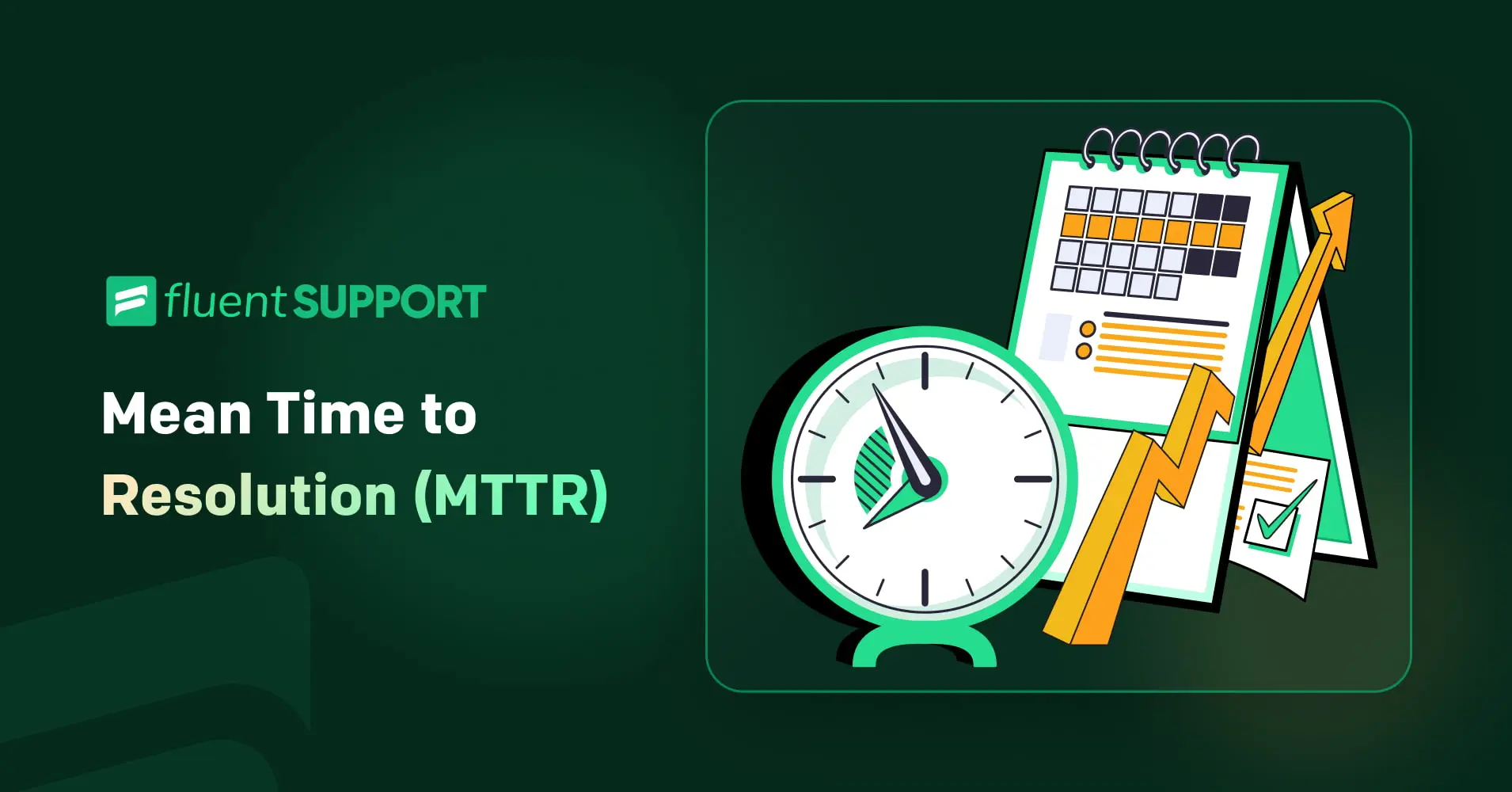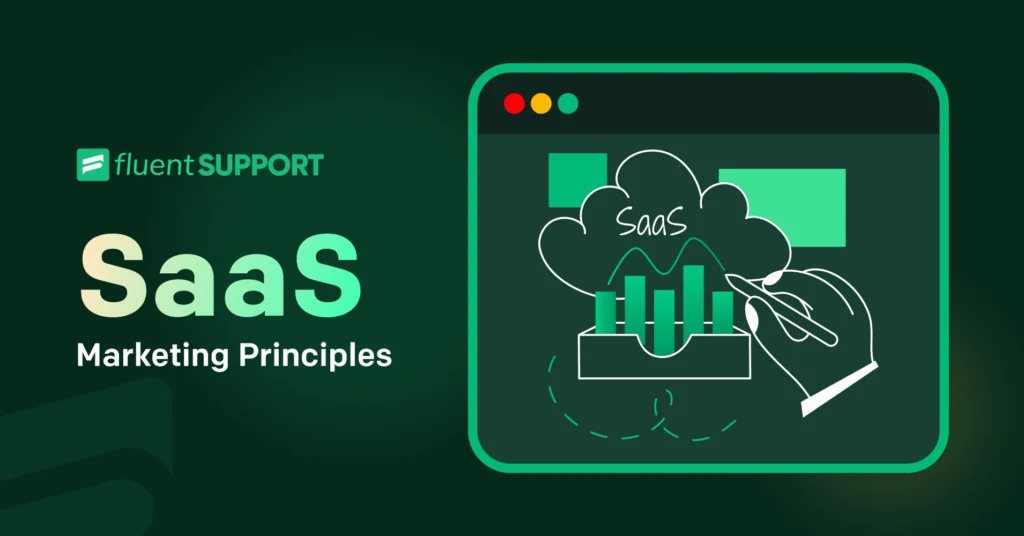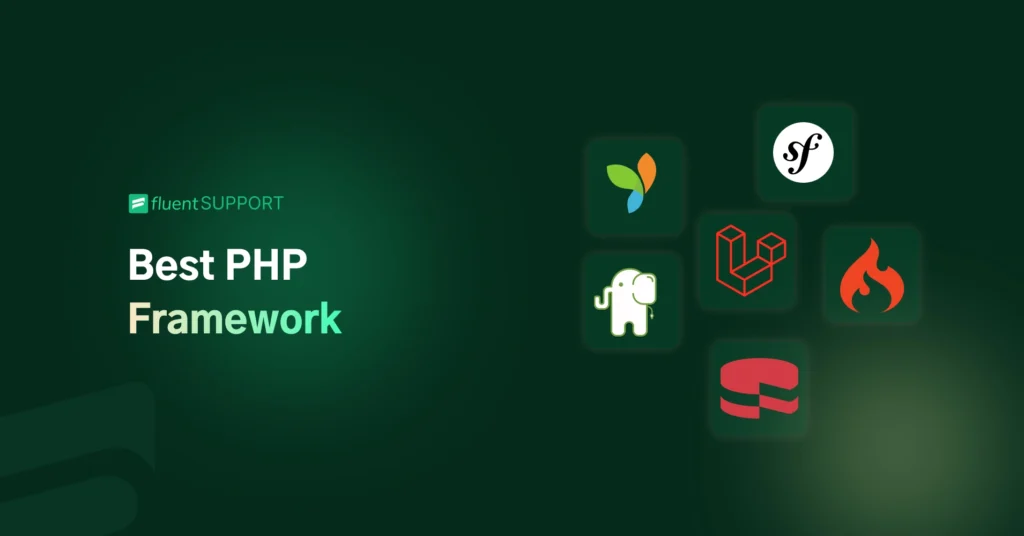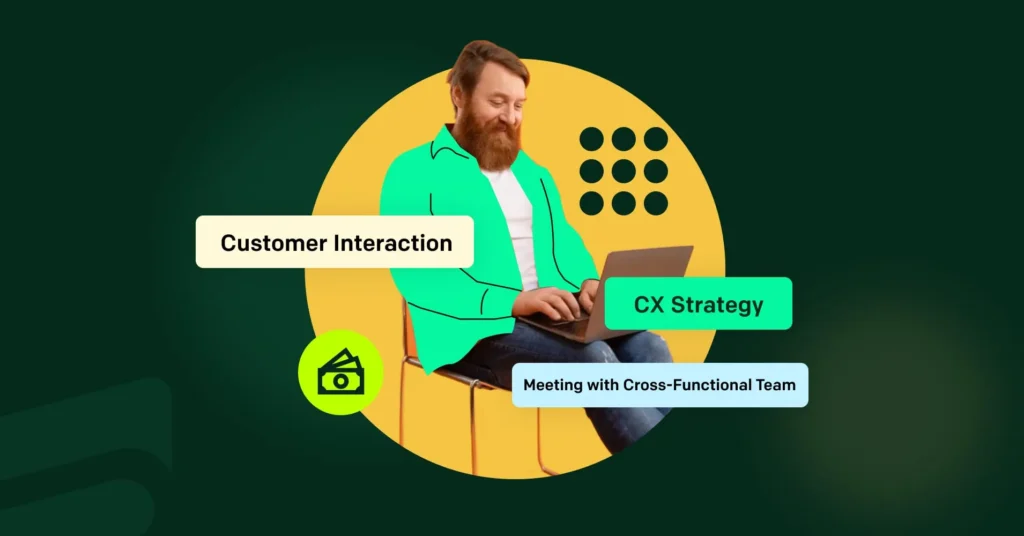
What is Mean Time to Resolution (MTTR)? Explore It Here
Let’s talk about Mean Time to Resolution (MTTR), a popular phrase in the customer support industry. Businesses that are concerned about their support team frequently calculate and monitor MTTR to assess the efficiency of the whole support system.
If you have a dedicated support team and you want to ensure optimal performance from the team, then this blog may provide value for you.
In this blog, you will get a clearly expressed viewpoint on what Mean Time to Resolution (MTTR) is, the difference between Mean Time to Resolution (MTTR) and First Response Time (FRT), and the calculation. Lastly, we will talk about some steps to lower it.
Let’s get started.
What is Mean Time to Resolution (MTTR)?
Mean Time to Resolution (MTTR) is a key customer support metric that measures the average time it takes support agents to resolve customer issues completely.
Let’s have an elaborate discussion about it.
This customer service metric is also known as Average Resolution Time or Time to Resolution and is abbreviated as ART or TTR by many customer experience experts.
When a customer reaches out using channels like emails, live chat, help desk, or picking up the phone, the MTTR clock starts. Bri Christiano from Gorgias compares it to a clock that starts ticking “the moment the customer writes or calls your support team.”
A support agent can only close the process when it is marked as “resolved.” So, consider it the full journey, from the moment it is reported, the first response, and all subsequent responses to ticket resolution.
Typically, customers hate to wait if it takes a long time to get their issues resolved. In that case, you need to identify the efficiency of your team in resolving issues. So, here comes MTTR, identifying bottlenecks and areas for improvement in your resolution process.
Your MTTR can be either high or low, depending on how efficiently your customer service team performs. A high MTTR indicates various problems within a support system, like inadequate workforce, skill gap, mismanagement of complex issues, etc.
On the flip side, a low and optimized MTTR means your support team is responsive and highly efficient in resolving problems. A low MTTR can directly impact your customer satisfaction score (CSAT).
No, worries. In the section before the very last section of this blog, you will learn how you can lower your MTTR.
Difference between Mean Time to Resolution (MTTR) and First Response Time (FRT)
In customer support, MTTR and FRT are separate metrics. You can only combine them to get a better picture of the efficiency of your customer support team.
Well, a good FRT is like the starting line of a marathon; make a sprint on that. Conversely, a good MTTR is the marathon, crossing the finish line with a smile.
Let’s look at a breakdown of the differences between them.
Definition: Mean Time to Resolution Measures the average time it takes support agents to resolve tickets. First Response Time is the measurement of how long it takes your support agents to provide an initial response to a customer request.
Focus: MTTR focuses on overall efficiency in resolving issues, from responding to the issue to all the resolving steps to closing it. On the other hand, FRT focuses only on the initial reply, not the whole resolution journey.
Targeted area of development: To lower your MTTR, your main target should be to develop your agent’s problem-solving skills. Conversely, in terms of FRT, you need to develop fast acknowledgment and instant communication skills.
Measurement: Generally, MTTR is a long-term process, and it’s a good practice to measure it in hours or days. On the other hand, you can consider FRT short-term. So, it’s better to measure it in seconds, minutes, or sometimes hours.
How to calculate Mean Time to Resolution
To assess the efficiency and performance of your customer support team, you need to calculate the MTTR on a regular basis. While calculating it, you need to go through a straightforward process.
Let’s know the process.
First, sum up all the time your support agent spent resolving tickets within a given period. Then, divide that by the sum of resolved tickets within the same time frame.
Apply the following formula:
Mean Time to Resolution (MTTR) = sum of time spent resolving tickets / sum of resolved tickets
Let’s say your support agents resolved 300 issues in a month and spent 900 hours to resolve them. Here, the MTTR for that month is 900/300 = 3 hours.
Steps to lower Mean Time to Resolution
So, you know what the Mean Time to Resolution is and how to calculate it. Now, you are in the most crucial section of this blog.
Keep reading!
Improve First Response Time (FRT)
A poorly optimized First Response Time (FRT) might increase your Mean Time to Respond (MTTR), putting you in a disadvantageous position. On the flip side, an efficiently optimized FRT directly reduces MTTR.
Our recommendation: prioritize improving your First Response Time to positively impact your overall response metrics.
Suppose you are jam-packed with support agents with excellent problem-solving skills. But they struggle to acknowledge a query swiftly.
Here, the scenario is that customer’s issues sit in queue for a long time, and when you assign them to your support agents, they resolve them within a short period of time.
Eventually, you are procrastinating the whole process by zoning out this primary effort. Therefore, you must focus on your queue management to speed up your First Response Time.
Invest in effective training
Trained agents are the staple in lowering your Mean Time to Resolution. So, when you put into action your customer support strategy for lowering MTTR, pay close attention to including support agent’s training.
Proper training ensures that your customer support representatives are confident enough to solve the problems and questions that are coming their way.
Just consider this number: “74% of employees feel they aren’t reaching their full potential at work due to a lack of training and development opportunities.”
A regular training program and effective skill development will increase your agent’s efficiency in solving a myriad of customer support issues. If your support system is suffering from a high MTTR, investing in effective training will be the right prescription for you.
In some contexts, trained agents could solve a problem with only a template or by customizing it. But, due to a lack of training and guidelines, the same problem will be a puzzle for an untrained agent.
Another notable thing is that agents have to face complex and newly created queries regularly. These types of queries are like Achilles’ heel for your agents. Sometimes, it can lead to cluelessness for your support representatives.
On that note, in-depth product knowledge and being up-to-date with critical issues help them resolve tickets more swiftly, even under high pressure.
Additionally, you can focus on developing their soft skills, like active listening, empathy, and voice of tone, to make them more enthusiastic about engaging with customers. The positive effect is that this will make your customers more cooperative, sharing all the information to resolve the issue more quickly.
Key suggestion: To make the most of your trained support agents, equip them with the right customer support tools.
Offer self-service options
Offer a self-service option as a go-to place for both your customers and your agents to visit for any solutions or guidance.
“A large number of customers love to figure out their own problems before they contact a live agent, and the number is over 81%.”
Regretfully, most companies are yet to optimize their self-service options for their users. So, dare to be different from them and streamline it completely to be one step closer to a customer-friendly brand. Create the opportunity to resolve their own issue without having to contact support.
Moreover, offering a self-service option lets your customers gain a deeper understanding of your products or services. An extra perk is that the customer who has learned and explored your products can be your advocate, contributing in your community or across various channels.
To set an optimized self-service option, your next step should be to
- provide a robust knowledge base
- create FAQ section
- maintain community forum
- create video tutorials
- use robust AI-powered chatbots
- Make proper use of canned responses
- manage templates for the solution of common issues
Ticket prioritization
Setting priorities for your tickets is essential if you want to lower the Mean Time to Resolution. With strategic prioritization, you can navigate the ticket flow more efficiently.
You can prioritize the most critical tickets to avoid long wait times for customers with pressing issues. Then implement a practical ticket escalation strategy for effective resolution if needed.
Note that all tickets are equally important but not equally urgent. For instance, a downtime ticket needs to be addressed immediately, so give it priority over a feature request ticket.
Define clear criteria for your ticket, like normal, medium, or critical, based on their urgency, complexity, or impact to ensure critical tickets stay on track. Moreover, tagging tickets for urgency, complexity, and impact helps your agents focus on the right tickets at the right time.
Another thing you can do is set statuses’ like ‘on hold’ or sidetracked’ for clear reasons why a ticket is pending. This will ensure agents avoid conflicts by adhering to these statuses.
Wrapping up
It’s worth noting that a lower MTTR has a direct impact on growing your business by providing a stellar customer experience. And, we are confident enough that you now have an in-depth idea about Mean Time to Resolution (MTTR) and can make a stellar customer interaction.
So, don’t waste your time on hesitation; assemble your team and make the best effort with what you learned from this blog. Turn on this strategy and make your support system better to grow faster.
Thank you for your time!












Leave a Reply